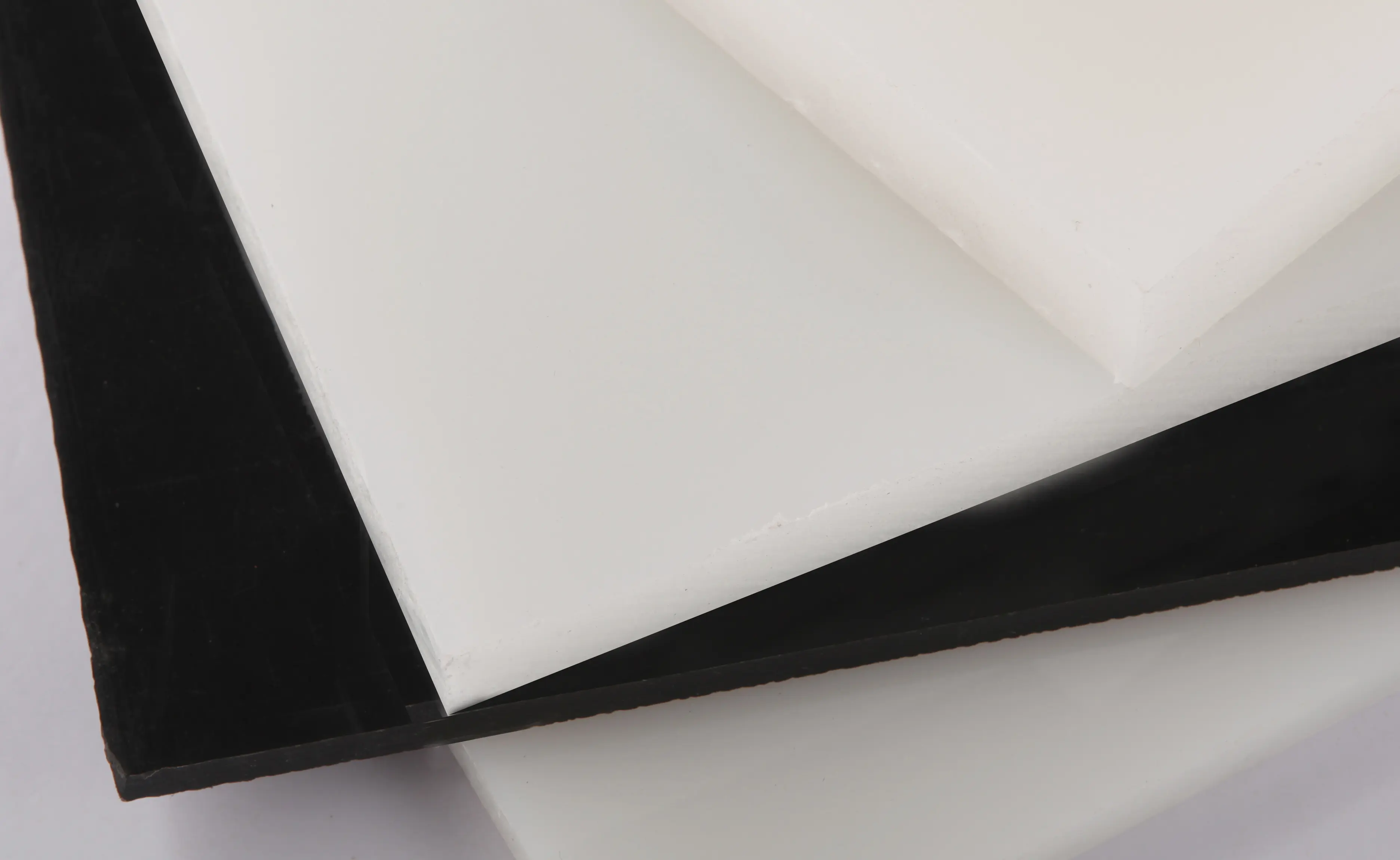નવેમ્બર . 25, 2024 03:08 Back to list
Innovative Solutions for Pipe Fitting Design and Applications in Various Industries
Understanding Pipe Fittings An Essential Component in Plumbing and Construction
Pipe fittings are indispensable elements in plumbing and construction, facilitating the connection of various pipes to form a comprehensive and functional system. These components come in a variety of shapes and materials, each suited for specific applications. In this article, we will explore the different types of pipe fittings, their purposes, and considerations for selecting the right fitting for your project.
Types of Pipe Fittings
1. Elbows Elbows are used to change the direction of flow within a piping system. They typically come in 90-degree and 45-degree angles, enabling efficient routing in tight spaces. The choice between these angles depends on the requirements of the installation, such as the need for a sharper turn or a gentler diversion.
2. Tees A tee fitting allows three pipes to be connected, forming a 'T' shape. This fitting is crucial for branching a pipeline, making it easier to carry fluid or gases to different locations without creating a cumbersome system.
3. Couplings Couplings are designed to connect two sections of pipe, either of the same diameter or different sizes. They serve as a connector between pipe ends, ensuring a tight seal and stability in the piping system.
4. Adapters As the name suggests, adapters are used for changing the size or type of connection between different pipes. This may involve connecting a pipe of one material to another or changing the diameter of the pipes involved.
5. Caps and Plugs Caps and plugs are used to seal the ends of pipes. Caps cover the end of a pipe, while plugs are inserted inside the pipe to prevent flow. These fittings are vital for maintaining system integrity, particularly in portions of a pipeline that may be temporarily inactive.
6. Reducers Reducers decrease the diameter of the pipeline from a larger size to a smaller one. This is essential in applications where the flow needs to be controlled or where the capacity of the system is adjusted.
7. Flanges Flanges provide a way to connect two pipes or pipe sections using bolts. They are essential for systems that require disassembly for maintenance or repairs.
Materials of Pipe Fittings
Pipe fittings are available in various materials, each with its pros and cons
pipe fitting

- PVC (Polyvinyl Chloride) Commonly used for drainage, waste, and vent applications, PVC fittings are lightweight, resistant to corrosion, and have a relatively low cost.
- CPVC (Chlorinated Polyvinyl Chloride) CPVC can handle higher temperatures than standard PVC, making it appropriate for hot water applications.
- Copper Known for its durability and corrosion resistance, copper fittings are often used in water supply lines. However, they are generally more expensive than other materials.
- Steel Steel and stainless-steel fittings offer strength and resilience, making them suitable for industrial applications. They can withstand high pressure but may require protective coatings to prevent rust.
- Brass Brass fittings are versatile and used for both hot and cold water lines. Their corrosion resistance and ease of installation make them popular among plumbers.
Choosing the Right Fitting
When selecting pipe fittings for a project, several factors should be considered
- Application Understanding the purpose of your piping system is crucial. Different systems require different types of fittings based on fluid type, temperature, and pressure.
- Material Compatibility Ensure that the fittings are compatible with the type of pipes you are using. Mixing materials can lead to failures if not addressed correctly.
- Cost and Availability Budget constraints should not compromise quality. Consider both the immediate cost and long-term performance of the fittings.
- Installation Requirements Some fittings may require specialized tools or skills for installation. Assess whether you will be completing the installation yourself or hiring a professional.
In conclusion, pipe fittings are vital components that enhance the functionality and efficiency of plumbing and construction systems. By understanding their various types and materials, along with factors affecting their selection, individuals and professionals can make informed decisions, ensuring a reliable and safe piping system. Whether you are a homeowner tackling a DIY project or a professional plumber, knowledge of pipe fittings is essential for success in any related endeavor.
-
Durable PPR Pipe for Hot & Cold Water Systems - Easy Install
NewsAug.14,2025
-
Durable HDPE Sheet | Versatile & Impact-Resistant Plastic
NewsAug.13,2025
-
Premium PVC Soft Sheets: Clear, Flexible & Durable
NewsAug.12,2025
-
Premium PVC Round Rods: Durable, Chemical Resistant, Easy to Machine
NewsAug.11,2025
-
PP U-channel: Chemical-Resistant, Lightweight & Durable
NewsAug.10,2025
-
Transparent PVC Pipe: Clear Flexible Tubing for Fluids
NewsAug.09,2025

